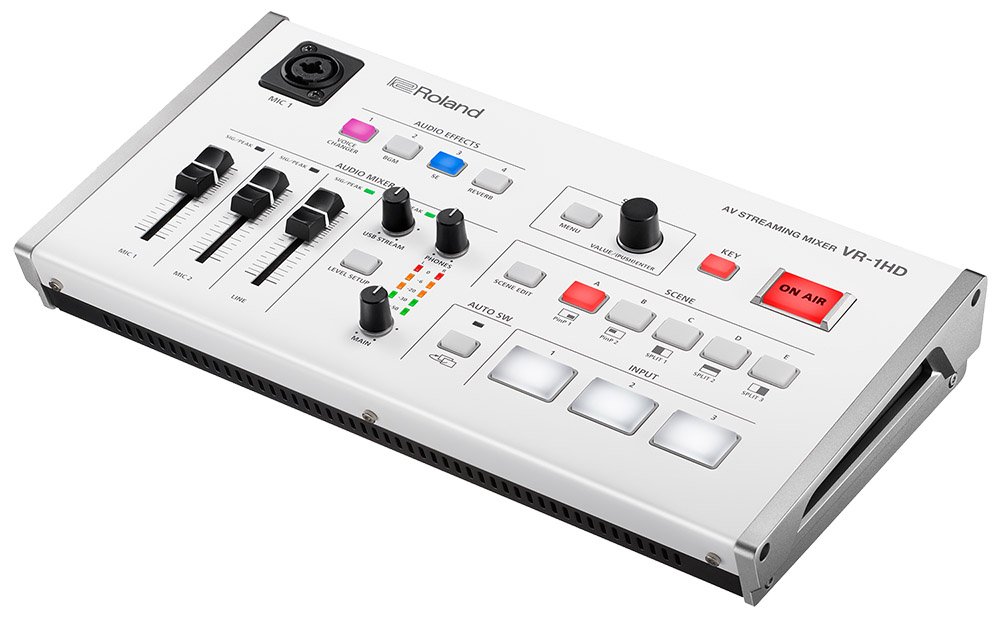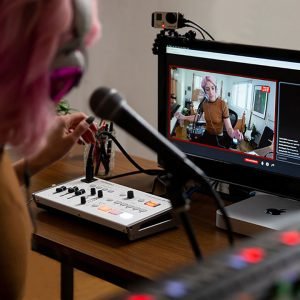Finding your target audience
Sometimes it feels like it’s a jungle out there for those trying to navigate the online world. You’re trying to reach your target audience, figuring out why one post or campaign worked so well and the next didn’t work at all, grappling with the social media giants’ tweaking of algorithms, and constantly analysing your followers’ behaviour. At times it appears to be a complicated science.
In reality however, it really comes down to the basics … staying active and engaging. People are busy, know exactly what they like and more than ever are time poor. You have to earn their interest.
Advantages of video
If a picture is worth a thousand words, then it stands to reason that a well presented video has infinitely more cut-through for your message than a few images and words. Let’s be honest, attention spans aren’t what they used to be. While many might not take the time to scroll through a long article, they are quite likely to be engaged immediately by an appealing video.
Of course creating video content then opens up another can of worms. What equipment will I need? What level of quality do I need to achieve? Do I or someone else in the organisation or friendship group have the skills to be able to produce quality content?
Fortunately we live in an age where the gear required to make decent content is becoming more affordable and user-friendly. In a lot of cases you can create superb quality video content by just using your smart phone with associated apps or other innovative devices. But herein lies the next conundrum … even if you’ve got your act together both technically and creatively, there’s always that lag time between creating the content and being able to publish it online … editing takes time! People not only want their content to be interesting, they want it NOW!
Live video eliminates post-production headaches
The ideal solution of course would be if you were able to create quality video and audio on the fly and broadcast it live in real-time. Your own private television studio where you could flick from one camera angle to another, add titles and effects, keep an eye on audio levels and direct as you go. A fanciful dream?
No, in fact it’s happening now and many audio visual companies are discovering the need to produce such units that will offer all of the above and more in compact and affordable packages. They’re called Live Streaming Video Mixers and they’re becoming an essential component in the lives of gamers, musicians, sports broadcasters, places of worship and many other sectors of the community.
The great benefit of Live Streaming Video Mixers is that once you’ve got your head around the user manual and are comfortable with a unit’s features, you can easily operate the unit on your own, with no need for whole a team of audio visual nerds to churn out amazing content … depending on the quality of the talent on the other side of the camera of course! If you’d prefer to save your content for future broadcast or want to do some post-production tweaks, that option is available too by connecting and saving to a hard drive.

Keeping your content 'fresh'
Being in a position to be able to generate quality content live and on a regular basis can’t be underestimated. One of the major killers of online interest is stale content. Why would you revisit a website or blog if you know you’re not likely to see new material any time soon?
Curious to find out for myself how well these Live Streaming Video Mixers work, I got my hands on Roland’s new VR-1 HD from their VR range, a series they have been producing for ten years now.
Thinking about how I could best utilise the VR-1 HD in my role as editor of Australian Musician magazine, I decided to film a performance by local songwriter, performer Ben Kelly.
I chose to use a couple of DSLRs for this test, however you could just as easily use a Go Pro or smart phone with the appropriate connection cables.
Getting connected!
We used a USB 3.0 to connect the VR-1 HD to a laptop for live streaming/recording, and Ben then plugged his pedalboard into one of two microphone inputs on the VR-1 HD.
I’d already downloaded the VR Capture viewing software (downloadable from:
https://proav.roland.com/global/support/by_product/vr-4hd/updates_drivers/
and as soon as it opened, we could see the two camera angles on screen.
Ben then began his performance of his self-penned tune ‘Halfway To Happiness” from his soon to be released album ‘Van Moon Tipi’.
Using the VR-1 HD’s ‘Input’ buttons, I could achieve a variety of split-screen options. With another monitor connected, by clicking the ‘Menu’ button, you’re free to scroll through the easy to use controls to manage your effects and settings. The performance can be live streamed via your Facebook page (or any other streaming platform), whereby you can edit camera angles on the fly or you may choose to simply record and save the performance for future publication. Ben’s performance can be seen below.
Taking your live video to the next level
Certainly you only need a smart phone these days to broadcast anything live but a unit such as the VR-1 HD allows you to edit on the spot and output audio (from 2 sources) and video (from 3 sources) at the highest quality. You have so much more control than simply using a single camera smart phone.
The unit is not only a powerful tool for broadcasting quality video and audio, but you can also add effects, titles and send the signal out live to any size monitor for viewing. Who might benefit from this scenario? It’s actually hard to know where to begin in suggesting the myriad advantages of this system.
Firstly, the gamers are well and truly onto this caper and have already begun to make great use of the high quality output that you can attain with a Live Streaming Video Mixer, they’re especially enjoying the split screen options.
The benefits to those in the music industry are endless too. Using a Live Streaming Video Mixer, artists are able to broadcast performances, rehearsals, or studio sessions live to fans via social media. Musicians can demo gear, present music launch sessions, or generally just stay in touch with their fans with engaging video ideas. Whatever interesting content you can film, you can further embellish with the VR-1 HD and send it out in real-time to fans worldwide via the internet.
Benefits of a live streaming video mixer
Live Streaming Video Mixers would also have great appeal in the world of business. You could film meetings and convention sessions and either send the signal out live online or to a large screen where everyone in the room can view what’s going on. It really does take the standard of your video presentation up a notch or two.
Houses of worship are also prime candidates for the use of a Live Streaming Video Mixer. Many churches have already added the VR-1 HD to their collection of audio visual equipment. The sports world is another area that would benefit from a Live Streaming Mixer, particularly as a tool for coaches and teachers in any field as well.
What was once exclusively the domain of major multi-media companies has now come into the realm of almost anyone who wishes to elevate the standard of their media output to the next level. Remember those cutaway shots on TV to the mobile broadcast van at an awards night or major sporting event where the producer is instructing his engineer to switch to camera two or add a title or an effect? Well now that can be anyone with the help of a lightweight, compact, easy-to-use Live Streaming Video Mixer.
Article written by Greg Phillips
Greg Phillips is the editor of Australia’s longest running musician magazine, Australian Musician. Greg has worked as a freelance music writer with work appearing in many local and overseas music publications, such as Guitar and Bass (UK), Music Inc (USA) and Bass Player (USA). Greg has also appeared on national Australian television and spoken on radio in regard to music related matters.








